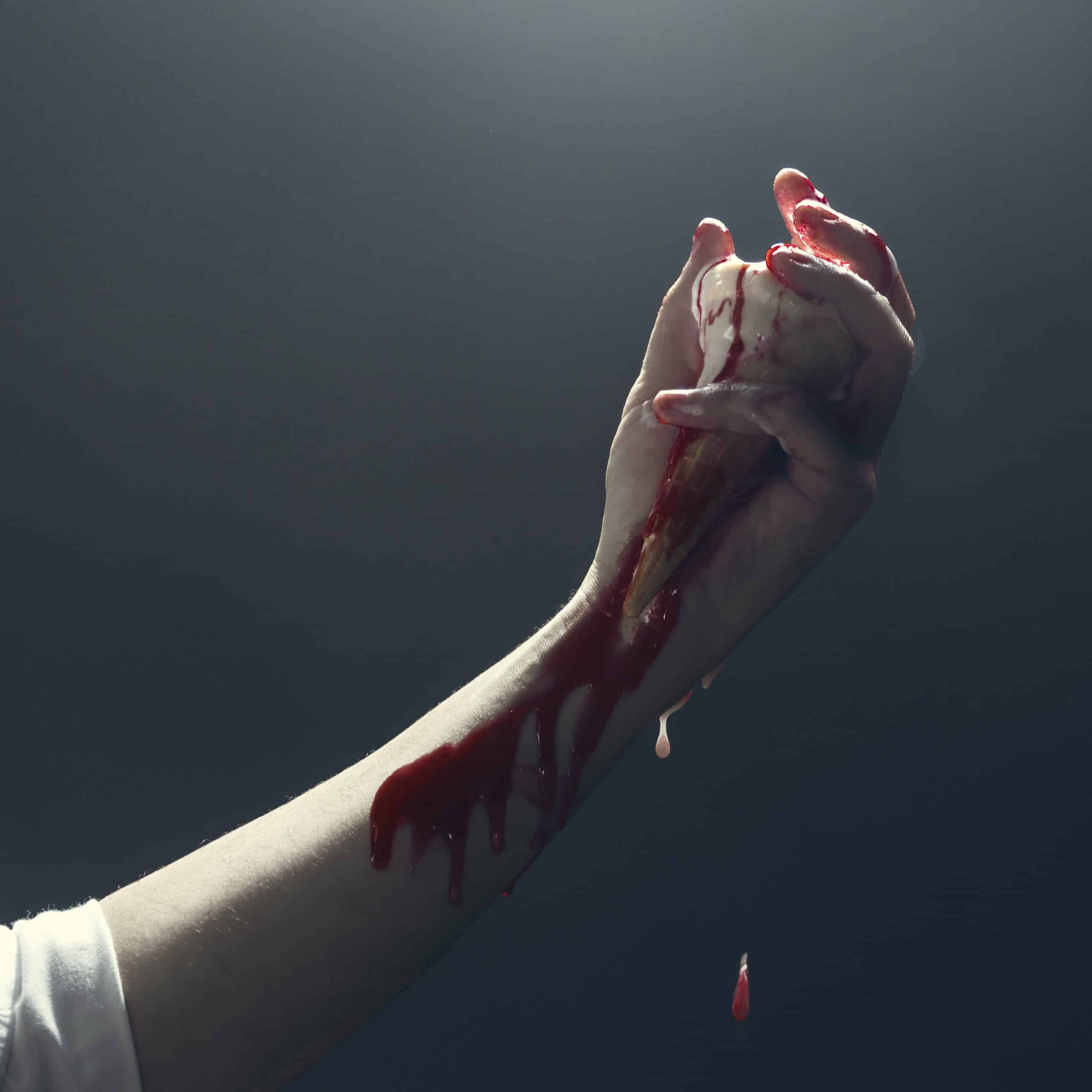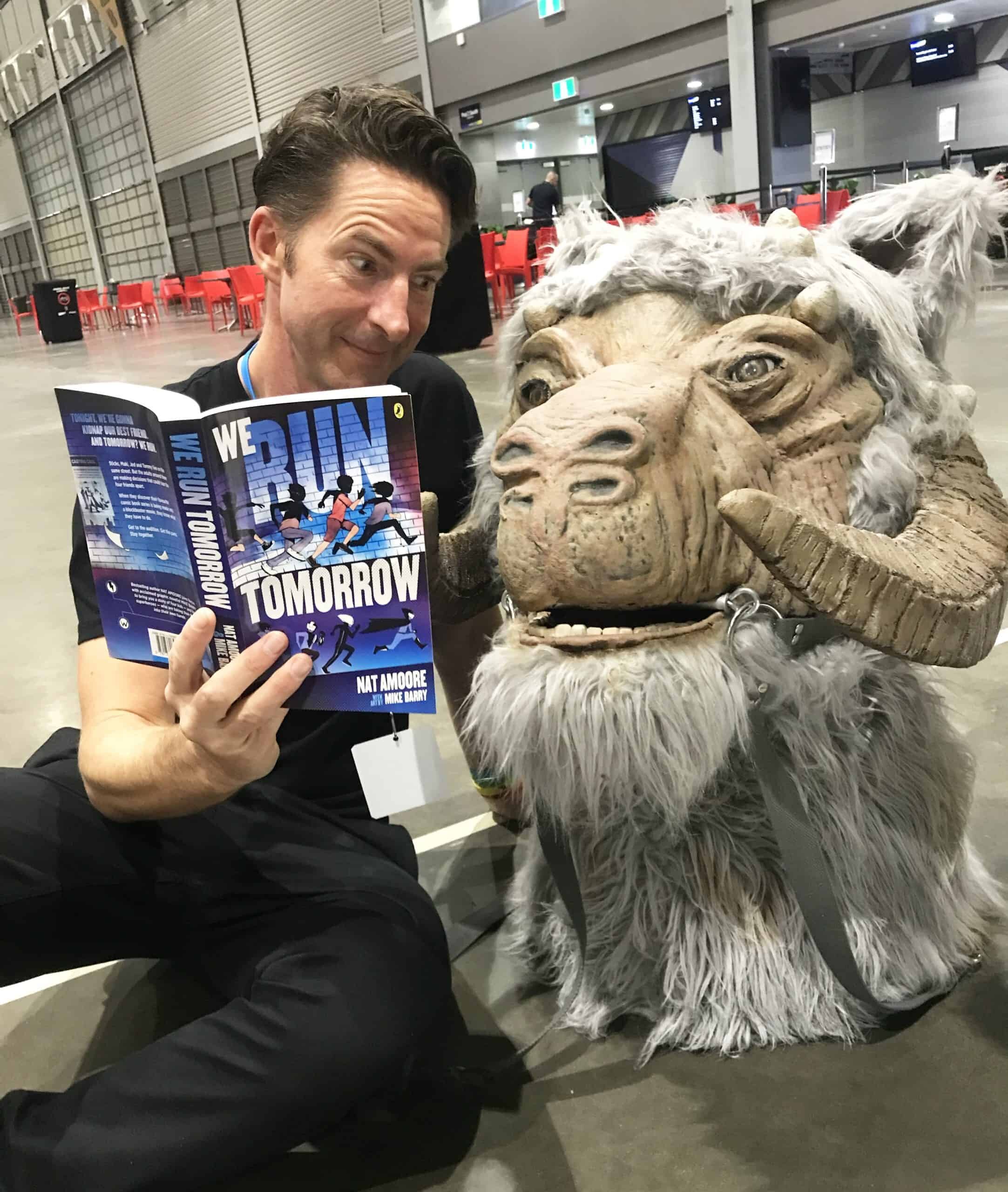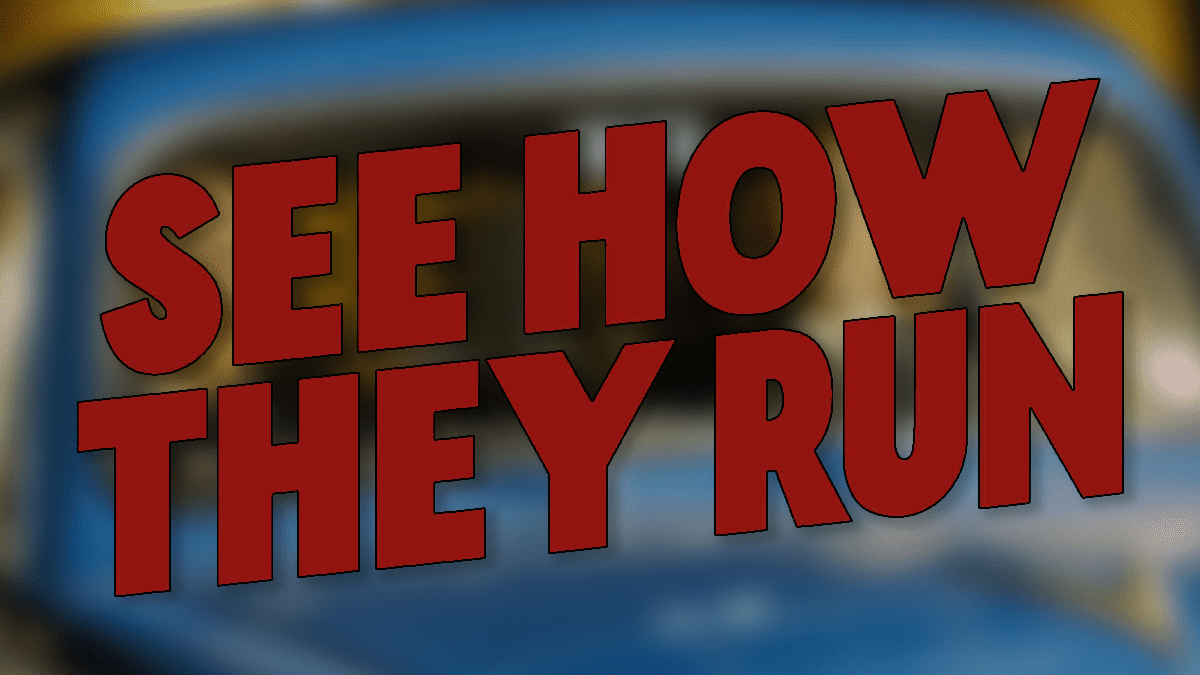Sprite and the Gardener Review
Sprite and the Gardener sees a tenderhearted young sprite seeking purpose and friendship after moving into a new neighbourhood. Sprite and the Gardener is a debut graphic novel written by Rii Abrego and Joe Whitt, illustrated by Rii Abrego with lettering by Crank!
Long, long ago, sprites were the caretakers of gardens. Every flower was grown by their hand. But when humans appeared and began growing their own gardens, the sprites’ magical talents soon became a thing of the past. When Wisteria, an ambitious, kind-hearted sprite, starts to ask questions about the way things used to be, she’ll begin to unearth her long-lost talent of gardening. But her newly honed skills might not be the welcome surprise she intends them to be.
Sprite and the Gardener is published by Oni Press and is available from May 11, 2021.

Sprite and the Gardener Story
It is lovely just to sit down with a novel and escape into it. Sprite and the Gardener’s protagonist is Wisteria, a shy and curious sprite that has just moved to a new neighbourhood. Despite the friendly overtures from her new neighbours, Wisteria feels unable to fit in. Wisteria find’s solace in Elena’s garden. Elena, who is attempting to bring her mother’s neglected garden back to life, finds a secret helper in Wisteria. In many ways, this is a novel about making connections—Wisteria with her fellow sprites and the natural world, and Elena with her absent mother.
Much of the story is taken up by Wisteria discovering how much power she has and how she should make the best use of her talents. Both Wisteria and Elena want to be wanted. The efforts to cultivate plants is their way of showing that they are worthy to those nearest to them. It is a story about being persistent in the face of self-doubt.
There are no antagonists in Sprite and the Gardener. Much like Tove Jansson’s Moomins, the characters are all likeable and charming. When conflict does arise, it is resolved through discussion and the characters trying to understand each other. The dialogue is well-scripted, and the pacing of the novel is superb. Abrego and Whitt demonstrate an assured hand in telling a sweet story where all the tension is in seeing how charming characters try to get along with each other.
Sprite and the Gardener Art
Rii Abrego art direction is distinctive. For me, It is somewhere between some of Tillie Walden’s Are You Listening? and Steven Universe. Brightly coloured using a palette of pastel, each page is attention-grabbing. The intensity of the colours might put some off, which would be a shame. The Shôjo manga influence on the character designs is evident. The sprites are big-eyed and almost adorable to a fault.
Abrego’s composition is impeccable. Some truly astute panel layouts mean the images squarely make the emotional impact they are supposed to. I really enjoyed the sequences where Wisteria uses her magic to help plants grow have all sense of someone figuring out their limits and being surprised by how much they are capable of. I found myself urging her on. Abrego also captures moments of wonder proficiently, such as Elena’s delight at seeing her garden.
What Abrego does best of all is the way she portrays the character’s emotions. Being able to convey the range and complexity of emotions that are on display here takes a great deal of skill. There is a clarity and earnestness to the illustrations that make them a joy to behold.
Sprite and the Gardener Conclusion
It is genuinely pleasing to discover something that you at first glance think you would not enjoy and end up having a fabulous time with. The book’s aesthetics make it clear who the target audience is, which is a category I certainly do not fit into. Sprite and the Gardener is pleasant escapism in its purest form.
The stakes are small but important to a cast of characters that it is easy to admire and care for. The story is affecting in all the right ways—a perfect way to unwind after a stressful day of zoom calls or impolite dolts on public transport. The art style will put some off. The colouring, while bold, works incredibly well but could be considered by some to gaudy.
There are moments that more cynical readers might think are twee. Indeed my most substantial criticism is that there isn’t enough adversity. Even the Paddington movies had moments of mild peril while still evoking the same feelings of goodness. That said, it would be a shame if anyone was put off as I think readers of all ages and genders would find something to enjoy in this cheerful graphic novel.
Want more Graphic Novel Reviews?
RELATED ARTICLES:
1. ORCS! #4 (BOOM! Studios) Delivers Big on Worldbuilding
2. REVIEW: 20 Fists #1 Hits Hard with Quiet Drama
3. Creating Characters with Depth: The Flawed Hero and Sympathetic Villain
4. Nuclear Power #2 Is Social Commentary in an Explosive Package










